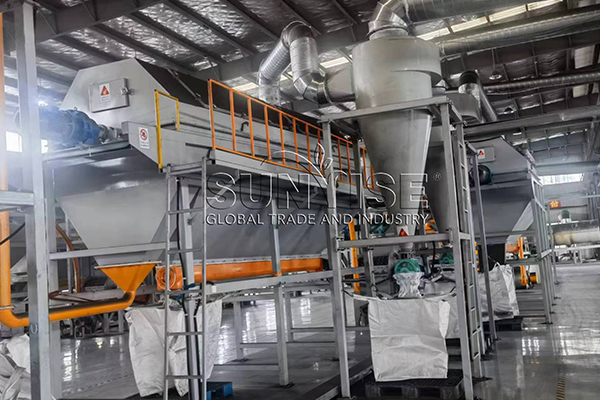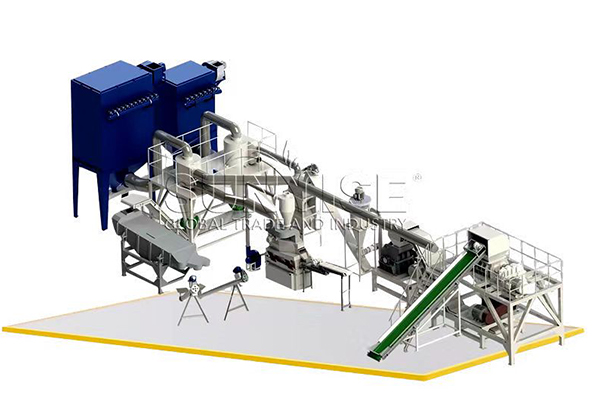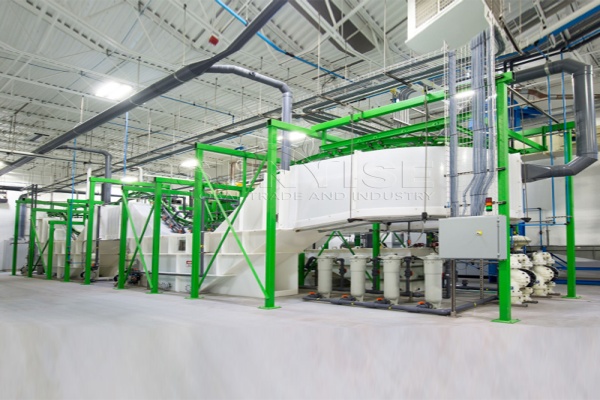India, with its vast population and booming automotive industry, generates an enormous quantity of waste tyres daily. As the environmental concerns related to improper tyre disposal mount, the need for efficient and large-scale tyre pyrolysis plants has become crucial. In this article, we will explore the significance, working mechanisms, and benefits of 100-ton daily capacity tyre pyrolysis plants in India.
The Growing Tyre Waste Problem in India
Iyika ọkọ ayọkẹlẹ ni Ilu India ti yori si ilodi si ilodisi ni nọmba awọn ọkọ lori awọn ọna. Dajudaju, Iwọn didun ti awọn taya turges asonu ni gbogbo ọjọ n de awọn ipele itaniji. Awọn taya egbin wọnyi, Ti o ba fi silẹ lainidii, duro ọpọlọpọ awọn irokeke. Wọn gba aaye nla ilẹ pataki, eyiti o jẹ iyalẹnu tẹlẹ ni ọpọlọpọ awọn agbegbe ilu. Jujun, Nigbati awọn taya ba ti pari ni ṣiṣi tabi sisun haphazardly, Wọn tu awọn fums majele ati awọn fọndulu sinu afẹfẹ, ilẹ, ati omi, Ilera ti gbogbo eniyan ati agbegbe. Fun apẹẹrẹ, itusilẹ ti imi-ọjọ sulfuder, nitrogen axiden, ati awọn mita iwuwo lakoko sisun ti ko ni aabo le fa awọn iṣoro atẹgun ati ibajẹ ilẹ ogbin.
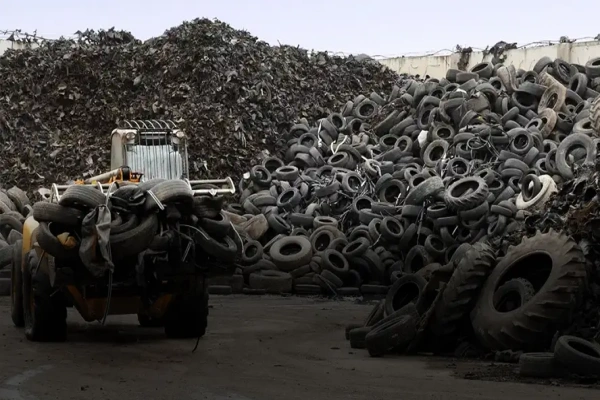
Bawo ni agbara 100-pupọ lojoojumọ Tire Pirelolysis Ohun ọgbin?
Eto ifunni
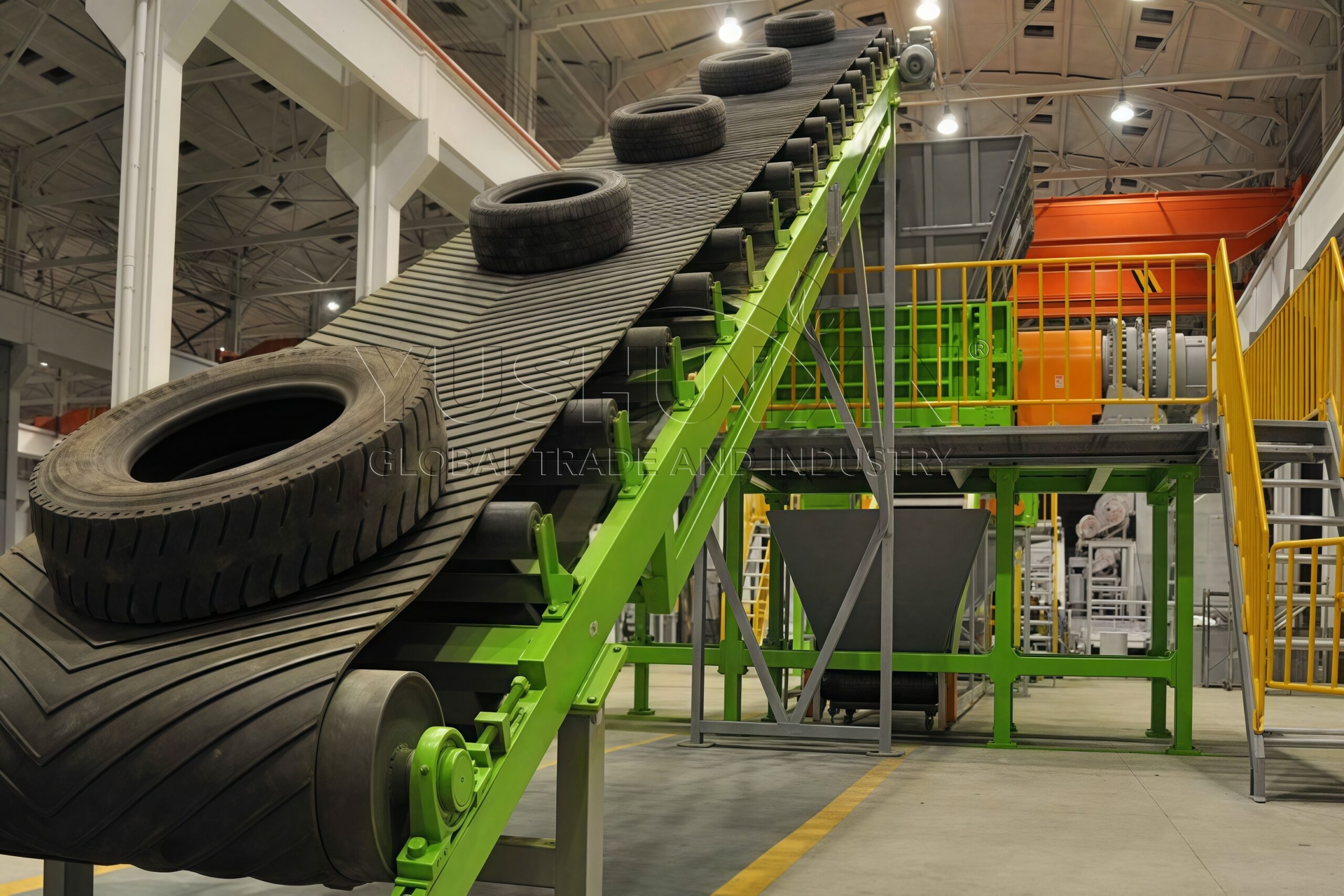
The process begins with a robust and automated feeding system. This system is designed to handle the large volume of waste tyres efficiently. It typically consists of conveyor belts and mechanical grippers. The conveyor belts transport the tyres from the storage area to the pyrolysis reactor. The grippers ensure a smooth and continuous flow of tyres into the reactor, preventing any blockages. For a 100-ton daily capacity plant, the feeding speed and precision are calibrated to meet the high throughput requirements.
Pyrolysis Reactor
The heart of the plant is the pyrolysis reactor. Here, the waste tyres are subjected to a process called pyrolysis, which occurs in the absence of oxygen at high temperatures, usually ranging from 400 to 600°C. Inside the pyrolysis furnace, Awọn iwe ifowopamo kemikali ti o nipọn ninu awọn taya naa bajẹ, yiyipada wọn sinu awọn ọja akọkọ mẹta: epo pirolusis, erogba dudu, ati gaasi idapọ. Oluṣeto naa jẹ ẹrọ pẹlu idabobo ati awọn eroja alapamọ lati ṣetọju iwọn otutu ti o ni ibamu jakejado ilana naa. Eyi ṣe idaniloju decompopation pipe ti awọn taya ati maximizes eso ti awọn ọja to niyelori.
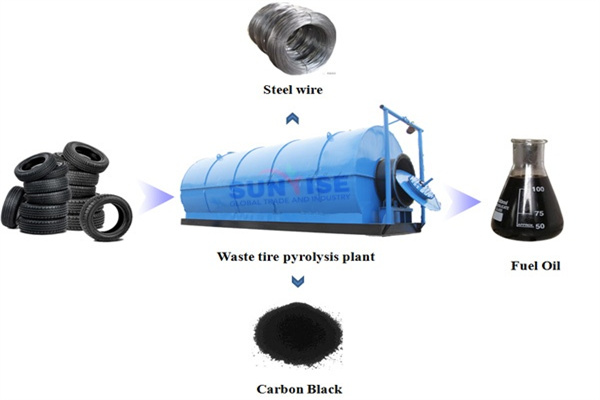
Eto condensations
Gẹgẹbi ilana ti perrolysis n gbe awọn ategun gbona, Awọn ategun wọnyi jẹ itọsọna lẹsẹkẹsẹ si eto agbasọ. Eto ile-iṣẹ oriširiširiši ara ti awọn paarọ ooru ati awọn ile-iṣọ itutu. Awọn ategun gbona kọja nipasẹ awọn paarọ ooru, Nibiti wọn ti tutu ni iyara. Idadodo yii nfa awọn paati gaseous lati fi oye sinu fọọmu omi, eyiti o jẹ epo pirolusis. Ororo naa ni wọn gba ati ti o fipamọ ni awọn tanki ifiṣootọ. Didara ati mimọ ti awọn epo pirolusis le ya lori ṣiṣe ṣiṣe ti eto agbasọ, ati fun ohun ọgbin nla, Awọn iwọn iṣakoso didara ti o muna ti wa ni imuse lati rii daju pe ọja rẹ.
Gaari gaasi ati eto lilo
Gaasi ti o ni idagbasoke nigbagbogbo lakoko pirolysis ko parẹ. O kọja nipasẹ eto isọdọmọ gaasi lati yọ eyikeyi awọn impurities gẹgẹbi efin ati ọrọ pluslate. Lọgan ti wẹ, ipin pataki ti gaasi yii ni a tun ṣe atunṣe pada si ohun mimu pirolysis lati pese ooru pataki, dinku agbara lilo agbara ti ọgbin. Awọn gaasi to ku le ṣee lo lati agbara ohun elo oluranlọwọ miiran ni ọgbin tabi paapaa ta bi orisun idana ni awọn ọran kan, contributing to the economic viability of the operation.
Carbon Black Recovery and Processing
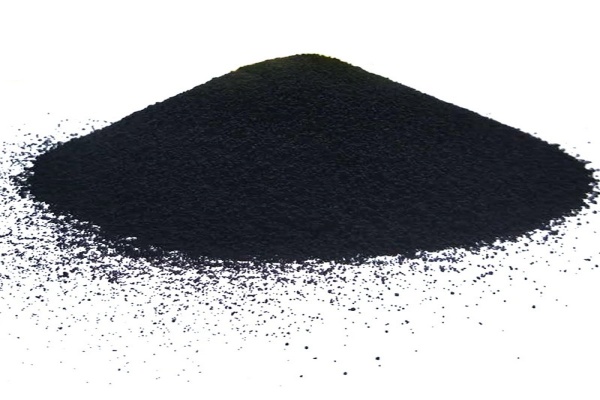
The carbon black obtained from the pyrolysis of tyres is another valuable by-product. It is separated from the other solid residues in the reactor and then undergoes further processing. This includes grinding, sieving, and sometimes chemical treatment to improve its quality and make it suitable for various industrial applications. In India, carbon black has a growing market in the rubber, ink, and plastics industries, providing an additional revenue stream for the tyre pyrolysis plants.
Benefits of 100-ton Daily Capacity Tyre Pyrolysis Plants
100-Otita lojoojumọ ti agbara taya awọn ohun ọgbin ni India ni ileri nla fun sisọ iṣoro taya ti o padanu, Idabobo ayika, ati idagbasoke aje aje duro. Lakoko ti awọn italaya wa lati bori, Pẹlu jiroro ti o tọ, idokowo, ati ifowosowopo, Awọn irugbin wọnyi le di igun igun kan ti iṣakoso egbin ti Ilu India ati awọn ipilẹṣẹ-ọrọ aje ipinlẹ. Bi orilẹ-ede naa tẹsiwaju lati Dagba ati UrBanize, Pataki ti iru awọn solusa itọju idalẹnu irufẹ yoo pọ si. Lero lati kan si wa ti o ba fẹ mọ awọn Iye ti awọn ẹrọ atunlo taya.
Pe wa


